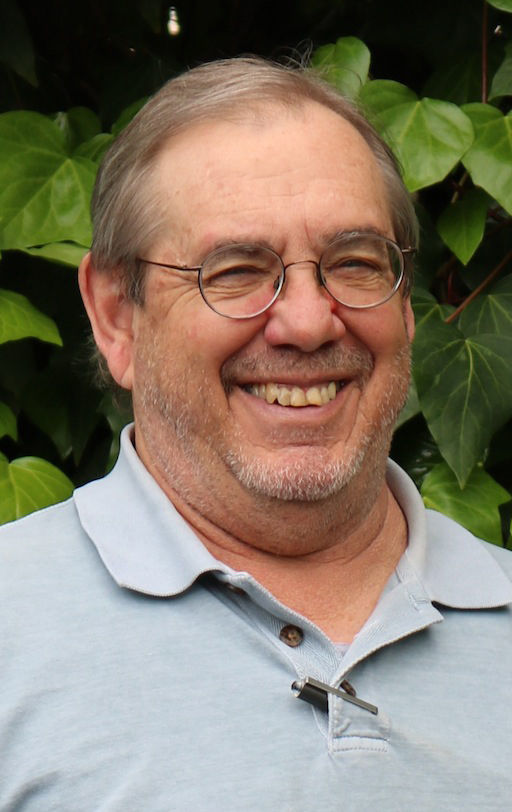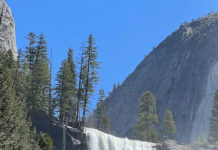Mankind has had a very long association with masks, probably dating to the Stone Age some 200,000 years ago. Masks have been a part of ritual, religion and play. But through all those epochs of time, it’s been very rare that a civilization donned masks to save their lives while shopping at a local grocery store. The closest was the wearing of eerily bird-like plague masks during the time of the Black Death. If masks are supposed to be festive or culturally meaningful, we’re not doing it right.
But, we are saving lives, including our own. Right now, it’s a little unsettling to walk through a socially-spaced group of fellow shoppers with half-hidden faces behind surgical or homemade masks. People we half recognize dart their eyes at us, making sure we won’t come any closer. There’s a zombie element here we need to correct. And, we’re beginning to see it.
A few people are now handcrafting their masks and contributing to this era of COVID-19 fashion. Before this is over, we’re sure we’ll see some great creations with political messages, attempts at humor and maybe tributes to Mardi Gras, Greek tragedies or favorite villains or characters.
Sonoma County remains under a public health edict that all residents must wear a protective facemask when in public places. We must also adhere to social distancing, and keeping a minimum of six feet apart. For a while, there was a mask shortage but now there is no excuse not to have one and to be using it at all times. The masks keep the wearer from spreading wet droplets from the mouth or nose that could contain coronavirus. Until we test negative for the COVID-19 virus we are told we should act as if we are contagious and continue to do our part to “flatten the curve.”
After the waves of the COVID-19 pandemic passes or we have a COVID-19 vaccine, we could save our masks for other occasions. Maybe some of our masks will end up in the Mask Museum. (Yes, there is a Mask Museum. It’s in San José, Mexico.)
The word mask is derived from the Latin word mascus, which means, “to chew.” Most masks through history were tied to ceremonial uses, but many also have utilitarian purposes like the surgical masks most of us are now wearing. There are also welder’s masks, gas masks, ski masks, oxygen masks, hockey masks and diving masks, to name a few.
Masks have been used to disguise, protect, punish and entertain. The Phantom of the Opera wears a mask to both disguise and protect himself from a world that condemns him for his looks. Superheroes like Black Panther and Batman maintain secret identities, though Superman only needs a pair of glasses. Deatheaters wore them to maintain a veneer of civility over their evil deeds. Masks have parts in politics and protest, ranging from the Ku Klux Klan to the Anonymous movement co-opting the image of Guy Fawkes.
Right now, we are wearing our masks every day but what will happen when it is Halloween? Will we put a mask over top of our other mask? The origin of Halloween masks was to disguise yourself from evil spirits. In contrast, Egyptian death masks were placed on the dead so that their souls would recognize the body they just left. Have you ever worn a mask to a fertility ritual or a funeral procession? Past civilizations had masks for those occasions. Jester masks used to be very popular and every king or queen’s court had a masked fool. Who could keep track of how many masks showed up in Shakespeare’s plays? You could belong to a secret society that wears masks. By the way, which persona had a mask, Dr. Jekyll or Mr. Hyde?
See, masks aren’t only uncomfortable, unpersonable and grim. Masks have a rich and colorful history. Besides saving lives right now, masks have been used to summon animal spirits, feign off ghosts, tell stories, enliven parades and evoke circus laughs.
Years from now, if we still kept family photo scrapbooks, our great-grandchildren could see pages of their ancestors with rectangle cloth patches covering their faces. This future generation would be puzzled. What were these ancestors hiding from, the children might ask. Would they believe our answer?
66.7
F
Healdsburg
May 18, 2024





